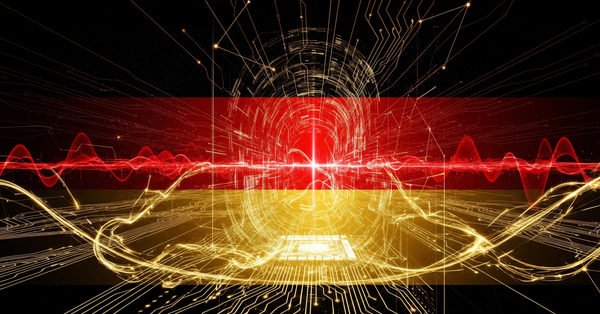The Quantum Leap: How Nuclear Clocks are Redefining Precision Timekeeping
At its heart lies a simple yet profound idea: measuring time-based on oscillations of atomic nuclei rather than electron transitions.
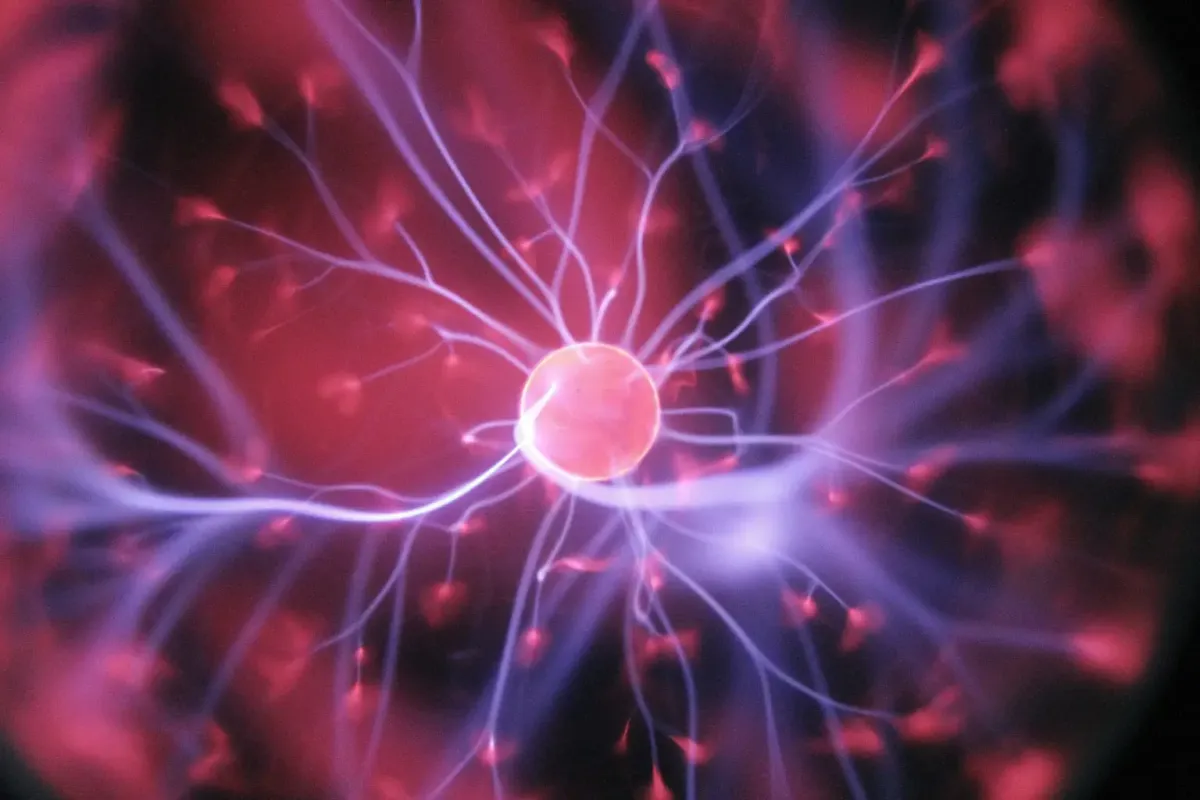
From the earliest sundials to the most sophisticated atomic clocks, humanity has sought to measure time with ever-increasing accuracy. Now, a new frontier in timekeeping is on the horizon: nuclear clocks. These groundbreaking devices, which harness the power of atomic nuclei, promise to revolutionize our understanding of time and unlock a host of applications across science and technology.
The Quest for Ultimate Precision
At the heart of the nuclear clock revolution lies a simple yet profound idea: measuring time based on the oscillations of atomic nuclei rather than electron transitions. While atomic clocks have long been the gold standard in precision timekeeping, nuclear clocks take this concept to a whole new level. By tapping into the inherent stability of nuclear states, these devices have the potential to achieve an unprecedented level of accuracy, far surpassing even the most advanced atomic clocks.
The implications of such precision are far-reaching. From enhancing the accuracy of GPS systems and telecommunications to enabling more precise tests of fundamental physics theories, nuclear clocks could open up a world of possibilities. They could also shed light on some of the most profound questions in science, such as the nature of dark matter and the validity of Einstein's theory of relativity.
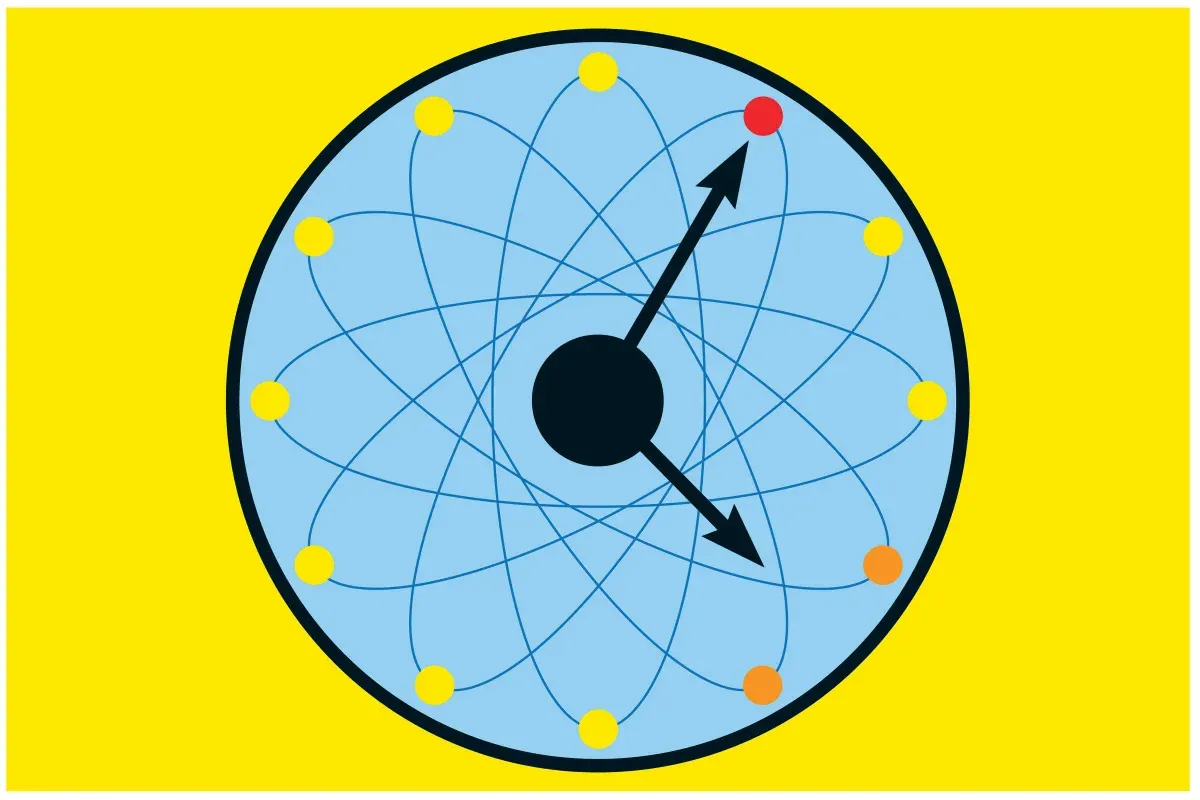
The Building Blocks of a Nuclear Clock Revolution
At the forefront of the nuclear clock revolution are two key players: scandium-45 and thorium-229. These isotopes have emerged as the most promising candidates for nuclear clock development due to their unique properties and recent breakthroughs in their manipulation.
Scandium-45, with its relatively long half-life and stable nuclear transitions, has been the focus of intense research efforts. A team of scientists from the US Department of Energy's Argonne National Laboratory, Texas A&M University, and other institutions recently achieved a significant milestone by successfully exciting the scandium-45 nuclear isomer using the world's brightest X-ray pulses at the European XFEL facility. This breakthrough demonstrates the feasibility of using scandium-45 in nuclear clocks and paves the way for further advancements.
Meanwhile, thorium-229 has also been making waves in the world of nuclear clock development. Researchers in Germany and Austria have managed to excite nuclei of thorium-229 into a low-lying metastable state using vacuum ultraviolet light generated by a laser. This achievement is particularly significant because thorium-229's low excitation energy makes it a viable candidate for a more stable and practical nuclear clock. Unlike traditional atomic clocks, which require isolation in traps, thorium-229 has the potential to be used in solid-state devices, marking a major step forward in the practical application of nuclear clocks.
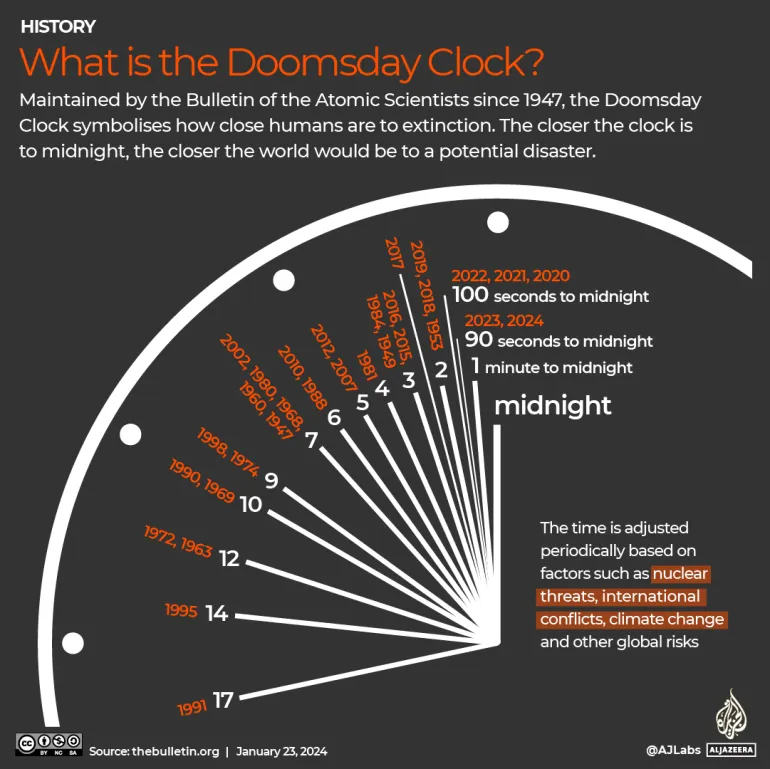
Overcoming the Challenges
Despite the immense potential of nuclear clocks, the path to their realization is not without obstacles. Developing these cutting-edge devices presents a host of technical challenges that must be overcome.
One of the primary hurdles is the need for high-intensity X-ray sources and low-noise detection systems to accurately measure nuclear transitions. The ability to consistently excite and measure the nuclear states of isotopes like scandium-45 and thorium-229 requires advanced technologies and innovative approaches. Researchers are actively working on developing new methods and materials to address these challenges and push the boundaries of what is possible.
Another significant challenge lies in identifying suitable materials and developing methods to consistently excite and measure their nuclear states. The complexity of controlling and measuring these properties demands ongoing research and innovation. Scientists are exploring novel techniques, such as laser cooling and quantum control, to tackle these issues and unlock the full potential of nuclear clocks.
The Future of Timekeeping
As research into nuclear clocks continues to advance, the future of timekeeping looks increasingly exciting. The successful development of these devices could usher in a new era of precision, with far-reaching implications across various fields.
In the realm of science and technology, nuclear clocks could revolutionize the accuracy of GPS systems, telecommunications, and other technologies that rely on precise timing. The enhanced precision offered by nuclear clocks could enable new applications and improve the performance of existing ones. From more accurate navigation systems to more reliable communication networks, the potential benefits are vast.
Moreover, nuclear clocks could play a crucial role in advancing our understanding of fundamental physics. By measuring time variations with extreme accuracy, these devices could provide new insights into the nature of space-time and help test theories such as relativity and quantum mechanics. They could also shed light on the mysterious nature of dark matter and contribute to the search for new physics beyond the Standard Model.
Beyond their scientific and technological applications, nuclear clocks also have the potential to transform our everyday lives. The increased precision in timekeeping could lead to more efficient and reliable systems in various sectors, from finance and transportation to energy and healthcare. As our world becomes increasingly interconnected and reliant on precise timing, the importance of nuclear clocks will only continue to grow.
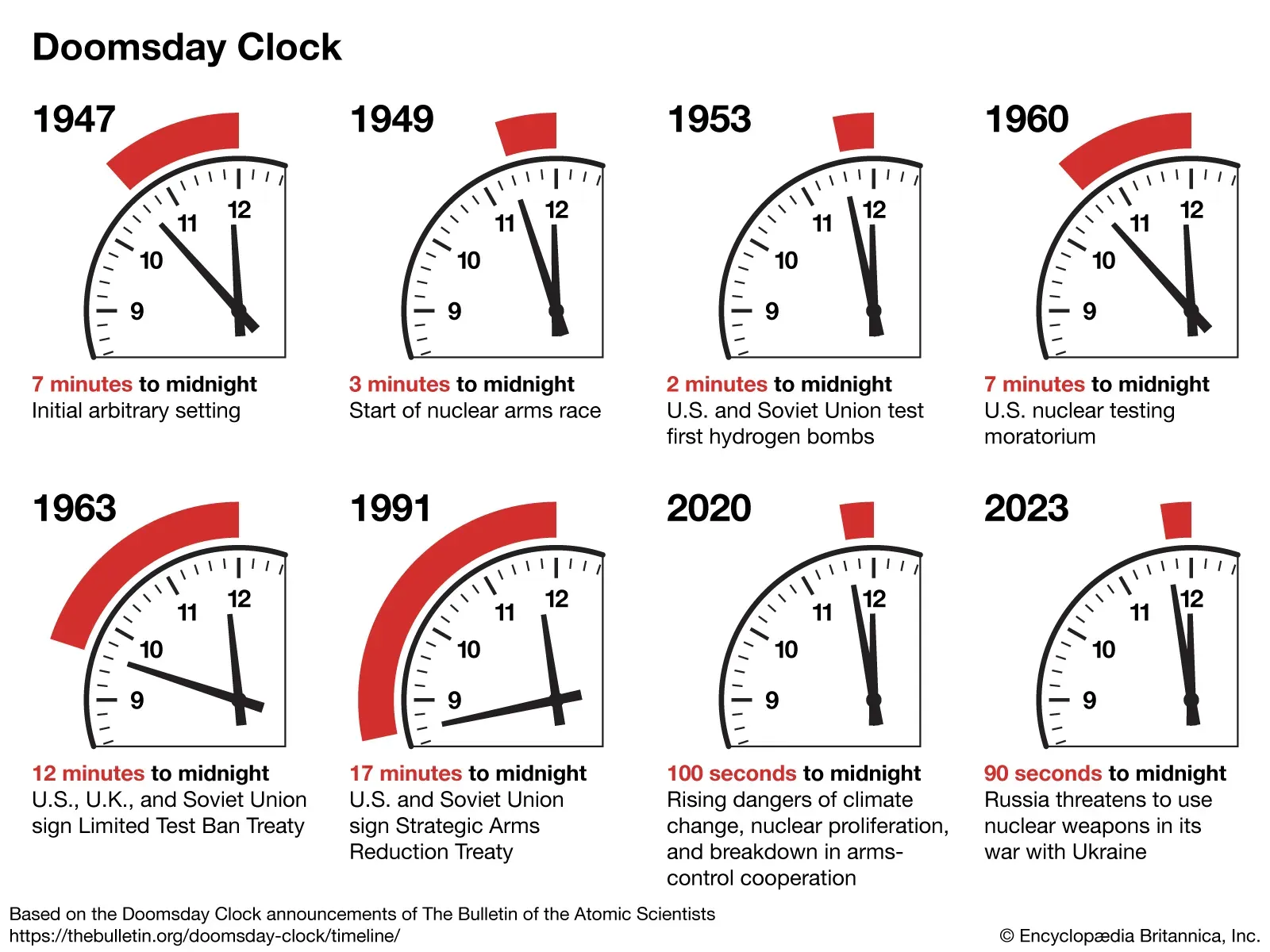
Conclusion: Future Of Timekeeping Looks Bright
The development of nuclear clocks represents a quantum leap in precision timekeeping. By harnessing the power of atomic nuclei, these devices promise to redefine our understanding of time and unlock a host of groundbreaking applications. With recent advancements in the manipulation of scandium-45 and thorium-229, the dream of a nuclear clock is closer than ever to becoming a reality.
As research continues to progress, overcoming technical challenges and pushing the boundaries of what is possible, the future of timekeeping looks brighter than ever. The successful development of nuclear clocks could revolutionize science, technology, and our everyday lives, ushering in a new era of precision and discovery.
In the quest for ultimate accuracy, nuclear clocks stand at the forefront of scientific innovation. As we stand on the brink of this quantum leap, the possibilities are endless. The journey towards realizing the full potential of nuclear clocks may be challenging, but the rewards promise to be truly groundbreaking. With each passing day, we move closer to unlocking the secrets of time and embarking on a new chapter in the history of precision timekeeping.


